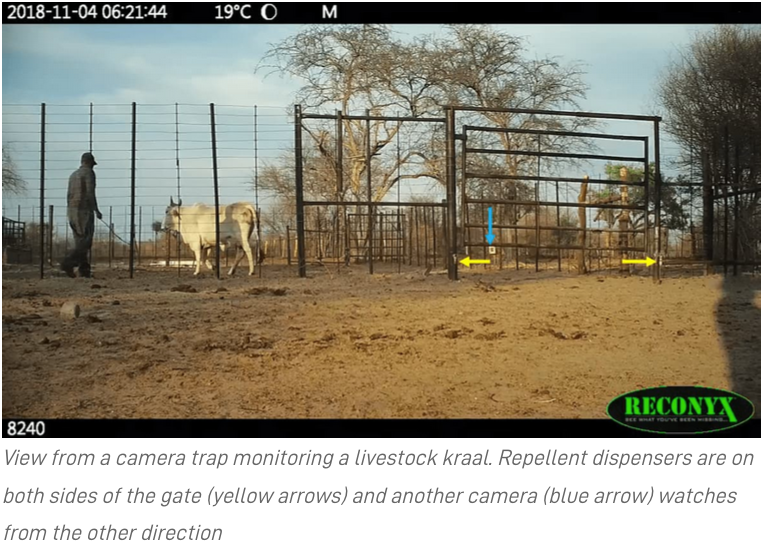SAVED BY THE SMELL; TESTING A LEOPARD REPELLENT SCENT TO KEEP LEOPARDS AWAY FROM LIVESTOCK
- Dr. Peter Apps
- Mar 20, 2020
- 2 min read
Fatal human-wildlife conflict is a growing problem. Losses of livestock to predators severely impact rural livelihoods, and predators become the targets for lethal control when they kill valuable animals. Keeping carnivores away from domestic stock will protect both carnivores and the livelihoods of stock owners, and limiting human-predator conflict in Botswana’s livestock areas would provide 250 000square km of predator habitat, double the size of her protected wildlife areas.
To be viable, any conflict mitigation measures must be low-cost, low-tech,and quick and easy to apply. Scent-based repellents offer just such a tool, and research by BPC’s BioBoundary Program has demonstrated that leopards are repelled by the scent of a chemical from leopard urine. When we released tiny quantities of the chemical, called 3-mercapto-3-methylbutanol (3M3MB for short), near automatic trail cameras, the cameras captured only one leopard video when we expected them to capture approximately 20, and that video showed a leopard being repelled by the scent of 3M3MB.
At a livestock kraal on a cattle ranch in northern Botswana, camera trapping for four-months without 3M3MB yielded seven records of leopards, seven records of spotted hyaenas, and one record of four African wild dogs, and a calf was taken by a leopard but not recorded on video. Over a further 4.5 months with 3M3MB present, there were no records of leopards, and only one record each of spotted hyaenas and wild dogs, with no losses of calves.
At another livestock kraal, a female leopard with a large male cub killed seven calves in three nights at the end of July 2019. 3M3MB repellent was deployed two days later, with camera traps monitoring the surroundings of the kraal. No more calves were lost until the repellent was depleted at the end of August, when one calf was taken. While the repellent was active, the camera traps captured video of a leopard walking away from the kraal after spending nearly 20 minutes looking through the fence at the calves inside. The repellent was renewed on 3 September and although the camera-traps videoed leopards outside the kraal on four occasions, no calves were killed until 14 October when the repellent was depleted again. Repellent was renewed on 25 October and there have been no more losses.
These small-scale trials show clearly that 3M3MB has the potential to reduce leopard attacks on livestock, which are the main reason why farmers employ lethal control against predators, and we plan to continue testing at more kraals. Livestock owners have expressed interest in a pilot-scale roll–out of repellents, and we need funding to expand the testing.

















Comments